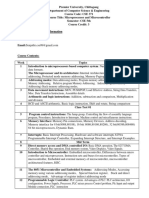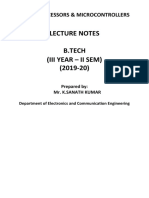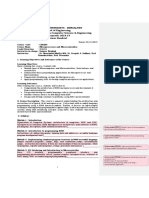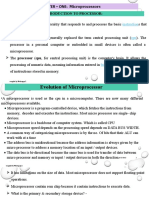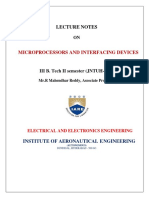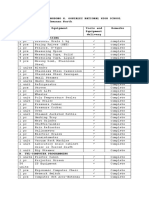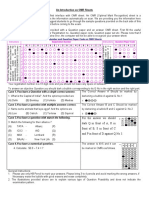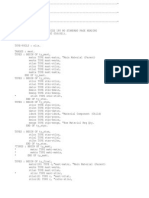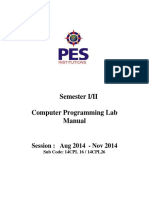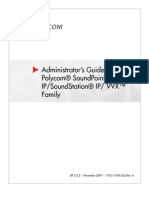0% found this document useful (0 votes)
45 views5 pagesMicroprocessor and Microcontroller (MPMC)
The document is a learning sheet for microprocessors, covering key concepts, architectures, and instruction sets for various microprocessors including 8085, 8086, and 8051. It provides insights into advanced microcontrollers like PIC and ARM, along with tips and tricks for programming and memory calculations. The content is organized into units that summarize foundational knowledge, architecture, and practical applications in microprocessor technology.
Uploaded by
eswarramkumar68Copyright
© © All Rights Reserved
We take content rights seriously. If you suspect this is your content, claim it here.
Available Formats
Download as PDF, TXT or read online on Scribd
0% found this document useful (0 votes)
45 views5 pagesMicroprocessor and Microcontroller (MPMC)
The document is a learning sheet for microprocessors, covering key concepts, architectures, and instruction sets for various microprocessors including 8085, 8086, and 8051. It provides insights into advanced microcontrollers like PIC and ARM, along with tips and tricks for programming and memory calculations. The content is organized into units that summarize foundational knowledge, architecture, and practical applications in microprocessor technology.
Uploaded by
eswarramkumar68Copyright
© © All Rights Reserved
We take content rights seriously. If you suspect this is your content, claim it here.
Available Formats
Download as PDF, TXT or read online on Scribd
/ 5





